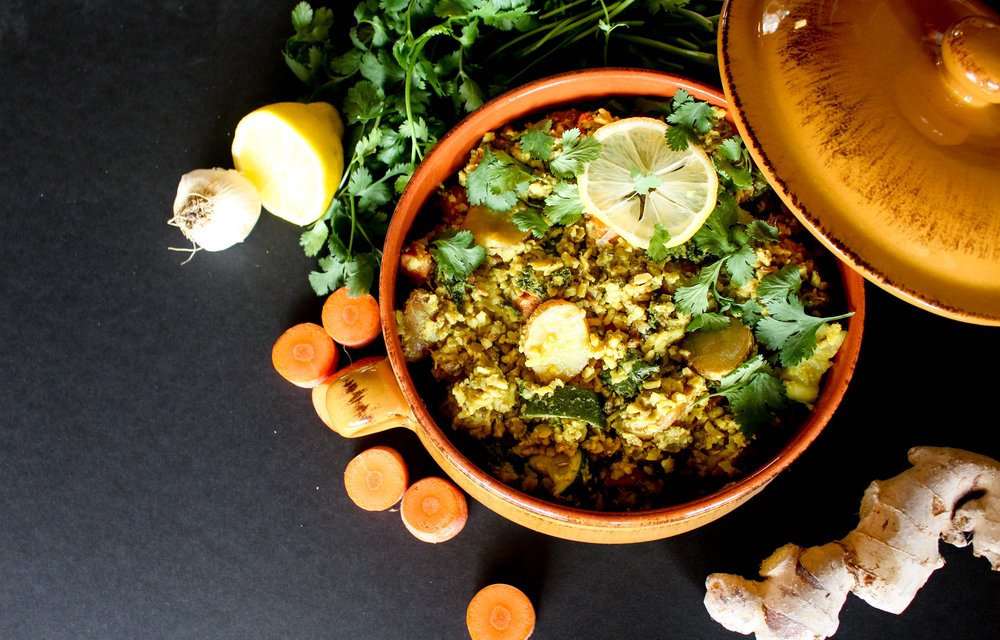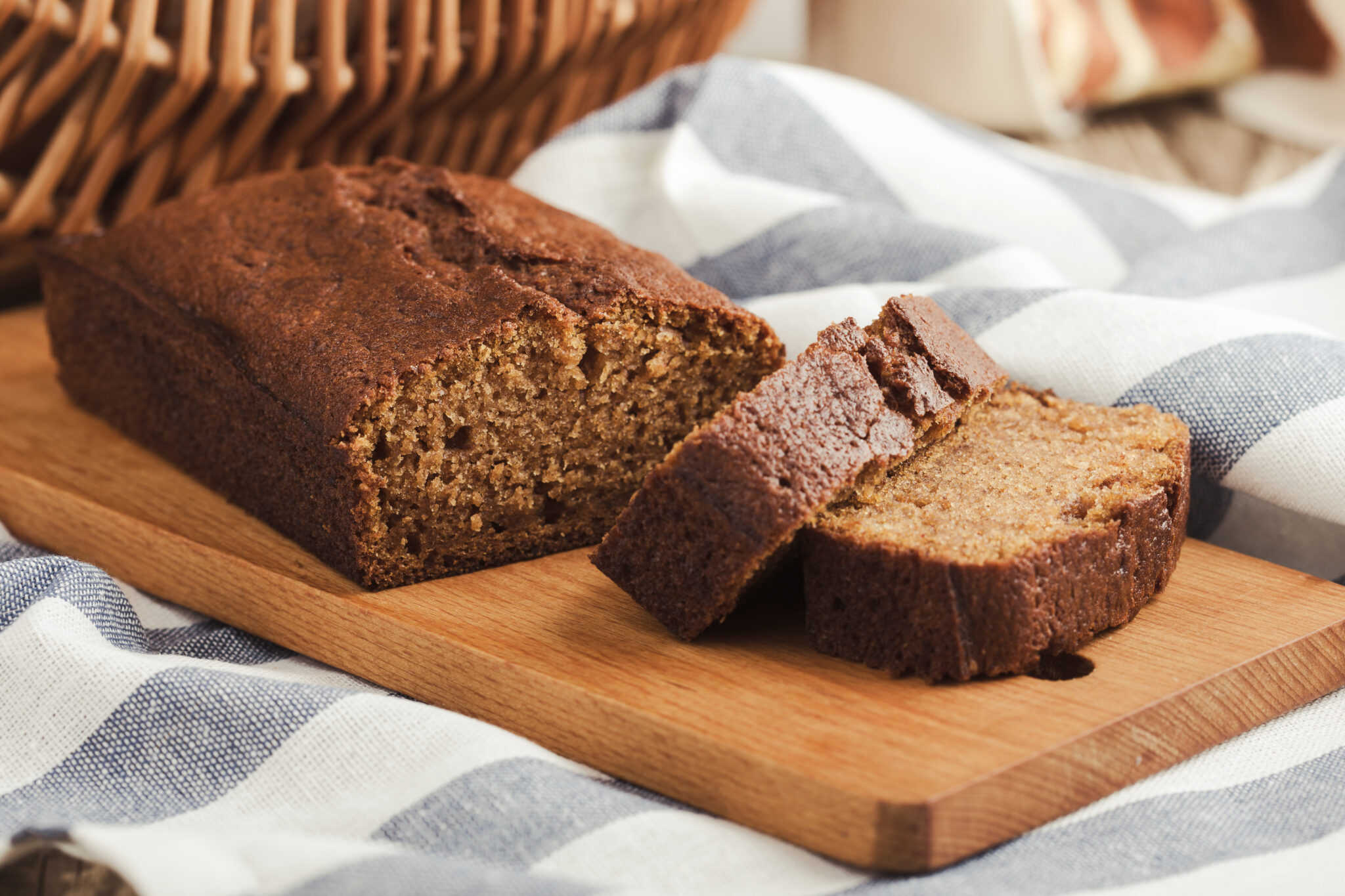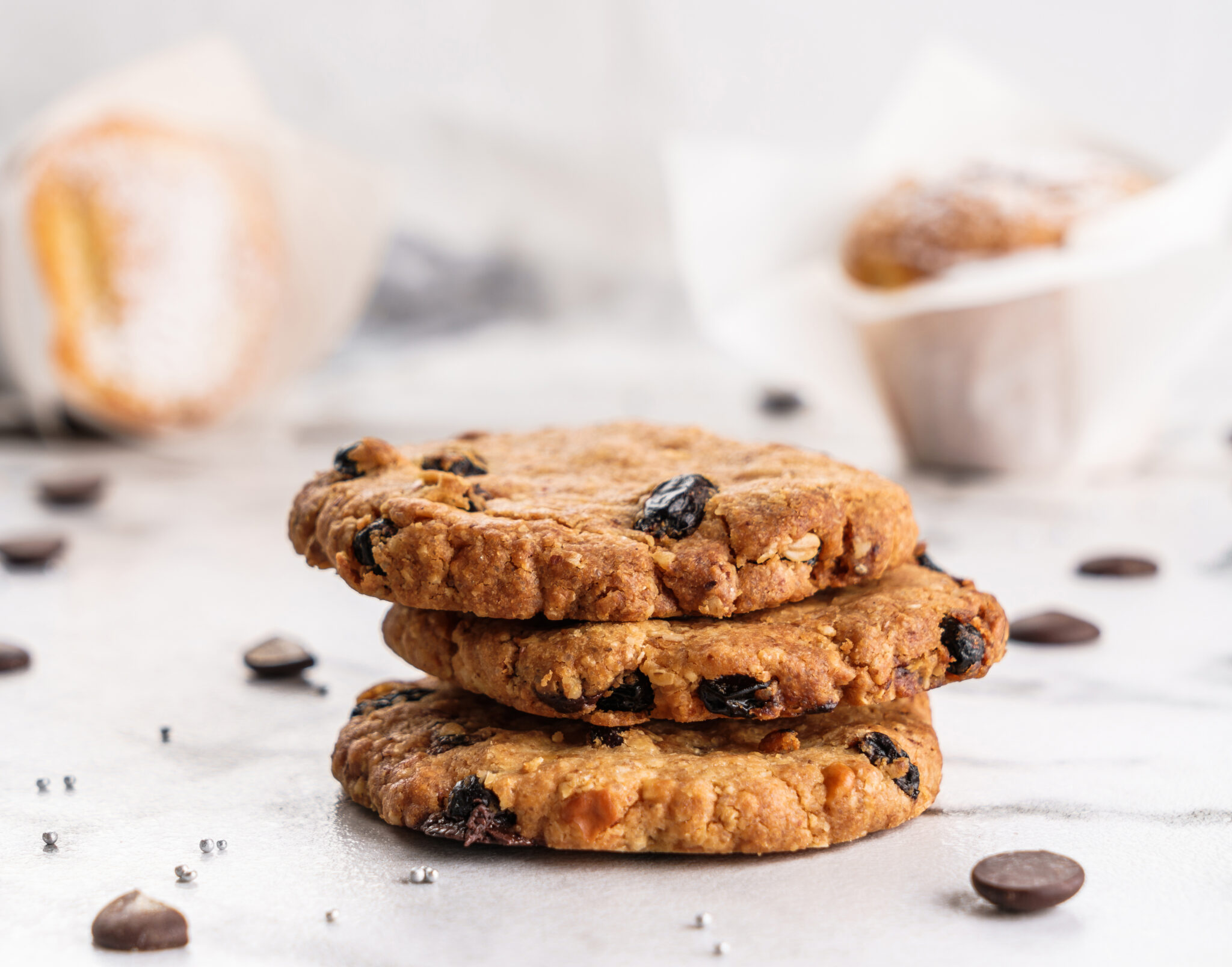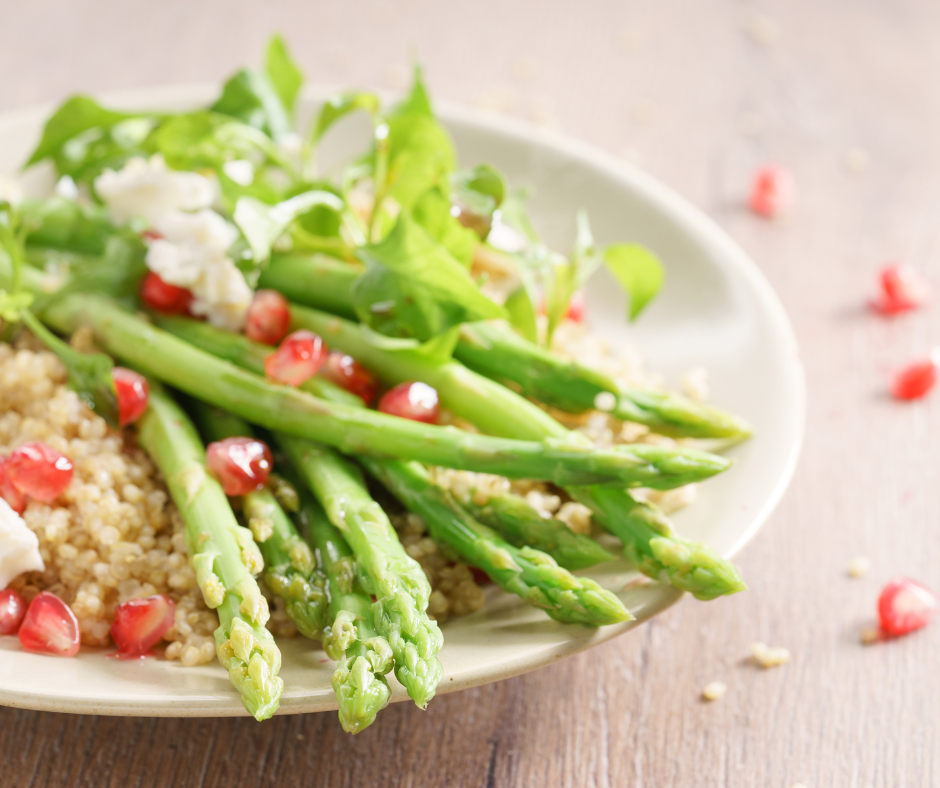
Kitchari is the most wonderful food in the world. You can eat it for breakfast, lunch and dinner. Eat it when you are sad, sick, depressed, or unhappy. Over the last few years it has become my go to meal and when my digestion plays up – it’s my comfort food. I know it will balance out any digestive problems, clear up my skin and just makes me feel good all over. If I have overdone it; traveled too much, stayed up too late, or eaten too much processed food, then a few days of kitchari will clear up any heaviness and sluggishness.
Kitchari is an Indian comfort food, and kitchari just means rice and beans. It’s a good source of nourishment when cleansing, or when our agni (digestive fire) is low and we want to eat something simple, nourishing and revitalizing.
Eastern View:
Kitchari, made from basmati rice and mung beans is easily digestible. Plus the spices like fresh ginger, turmeric, fennel, cumin and coriander are all digestive spices which help make your metabolism efficient which in turn reduces digestive toxins. It’s digestive toxins that cause inflammation – inflammation causes disease!
Mung beans are sweet, cooling, light and dry. They balance Vata, Pitta and Kapha – thus their prolific use in Ayurveda cleanses. It is also a Sattvic food which means it helps calm and ground the central nervous system. Mung beans are the easiest bean to digest along with lentils so will not cause gas and bloating that some beans can do.
Mung beans and rice make a complete protein, providing essential amino acids. The ghee in kitchari calms the central nervous system and is a restorative in small amounts for all dosha, particularly Vata. The turmeric in the spices is a blood purifier and aids in the digestion of complete proteins. It reduces gas, and inflammation and is soothing. It also adds a lovely yellow color to the rice.
Western view:
Mung beans are an alkaline food containing calcium, magnesium, potassium and sodium. A study by the Journal of Human and Experimental Toxicology shows that mung beans have the ability to reduce bad cholesterol levels and help regulate the level of cholesterol. The antioxidants of the beans eliminates free radicals, repairs the damage of blood vessels and reduce inflammation – good for Pittas who tend to high inflammation. Mung beans also have the ability to reduce high blood pressure which in turns reduces cardiovascular disease, great for Kaphas! A study published by the Chemistry Central Journal shows that extracts of mung bean lower the level of systolic blood pressure in rats. These small beans are a mighty cancer fighting agent with their polyphenols and oligosaccharides. Studies have shown these beans to have anti- tumor properties and enhance the immune system. The phytonutrients found act as an anti-inflammatory and anti-microbial substance which counteracts bacteria, colds, viruses, inflammation and rashes. Mung beans also possess high amounts of protein and fiber and studies show that high fiber beans increases cholecystokinin – the satiety hormone. That means mung beans as part of your diet can help lower your food intake, therefore increasing weight loss. So, Kaphas, these are the beans for you!
Lastly, mung beans contain a lot of vutamins; Vitamin K, B2, B9, B3, B5, B1 and B6 to be exact. As for minerals, mung beans contain significant amounts of copper, iron, manganese, zinc, phospherous, magnesium, potassium, calcium and sodium. They are also a good source of antioxidants such as selenium, Vitamin C, E, A and beta carotene.
Now you know why I eat these little beans almost daily. If you would like more healthy meals take a look at my recipe subscription program – I can’t wait to start cooking with you.
Ingredients:
-
1/2-cup Organic whole green mung beans,
-
1/2 cup Organic brown basmati rice,
-
1/2 cup chopped or grated carrots,
-
1/2 cup chopped parsnips,
-
1 tsp chopped fresh ginger
Directions:
Soak rice and beans overnight in water. Next morning pour off the water and rinse it with fresh water. Combine these together and cook in the rice cooker or a pan on the stove.
Next combine:
- 3-4tsp ghee
- 1 tsp. finely chopped garlic
- ½ tsp dry roasted coriander seeds powder
- ½ tsp dry roasted cumin seeds powder (dry roast: put these seeds onto a dry skillet until the slightly brown and grind them in a simple grinder, or use a mortar and pestle)
- ½ tsp turmeric powder
- ½ tsp fresh ground black pepper
Heat the ghee in a second pan and add the garlic, sautéing it until it is golden-brown. Add cumin, coriander and other spices to taste. Add finely chopped spinach, basil and green onions.
Finally: Combine everything together, into the rice cooker. Add ½ tsp pink/Himalayan salt. ½ lemon or lime juice, freshly squeezed…
And enjoy!
There’s no one size fits all for what you should eat. If you would like to talk with me about what is the right diet for you, sign up for a complimentary consultation. Just click on the link to my online calendar to find a good time that works for you.



